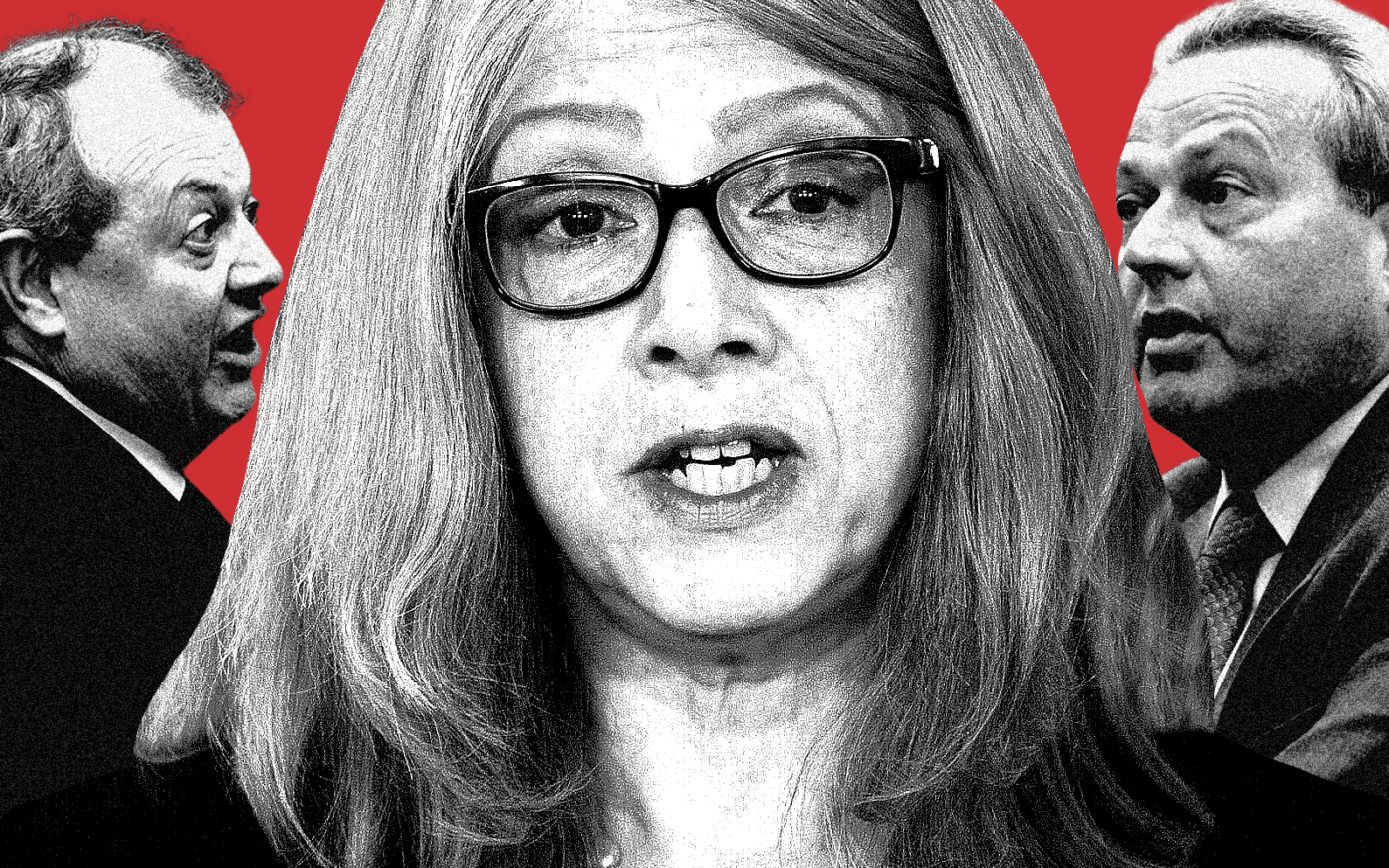How bad has the 2019 rent law been for rent-stabilized buildings?
Before this week, the industry could only point to estimates of vacant apartments and anecdotes of building decay as evidence of the legislation’s impact.
Now, a real estate–commissioned report puts data to the effects, as the industry calls for amendments to the law, which effectively capped revenues in rent-regulated buildings.
Its findings: The law has “wrecked the ability of property owners to pay for the upkeep of their property,” forcing them to hold more units off-market. That lack of income poses a growing threat to the city’s property tax revenue, the report argues.
Long-term vacancies have trended up since 2018, according to the analysis, which was done by HR&A Advisors for the Real Estate Board of New York and the Rent Stabilization Association.
Three-year vacancies surged by 125 percent, four-year vacancies by 97 percent and two-year vacancies by 65 percent during the period. Those metrics stem from annual rent registrations filed with the state housing agency and provided by RSA, which represent about 10 percent of the city’s approximately 1 million rent-stabilized units.
The report goes on to cite findings from a 2023 survey of city landlords. HR&A collected 781 responses from landlords and managers that operate 242,000 units, or 11 percent of the city’s total rental stock.
The cause of lasting vacancies, according to over a quarter of respondents, was “economic infeasibility of unit improvements” after a long-term tenant left. Vacancies are more prevalent in buildings where more than 75 percent of units are rent-stabilized.
Owners of those majority rent-stabilized buildings have fewer market-rate units to offset the lower revenues from regulated units, and thus less free cash to fund repairs.
The liquidity issue is further compounded for landlords with smaller portfolios, the report shows.
According to the survey, 99 percent of units in primarily rent-stabilized portfolios with no more than 10 units needed major capital improvements, such as a new boiler or roof.
Before the rent law, owners could permanently raise rents by up to 6 percent to offset the cost of repairs. Now, the cap is 2 percent and the hikes are doled out over 12 or 12.5 years, depending on building size, after which they are rolled back.
The number of major capital improvements filed with the state housing agency has dropped by 37 percent since 2019, according to HR&A’s review of RSA member filings.
Meanwhile, individual apartment improvements, on which owners could previously spend as much as they wanted and permanently add 1/40 of the cost to a tenant’s rent, have decreased even more dramatically.
Those improvements, such as a new stove or refrigerator, have declined by 77 percent since 2019, according to the RSA-provided data. As with major capital improvements, the increases are now extremely limited and temporary.
The decline in filings was not for lack of necessity, as 78 percent of units in small portfolios of overwhelmingly rent-stabilized buildings needed individual improvements. Only half of landlords who answered the survey provided that information.
With fewer rent increases for improvements, net operating income fell. Meanwhile, expenses — including property taxes, energy costs and insurance — have climbed each year, according to the Rent Guidelines Board.
Last year, costs jumped by 8 percent, pushing net operating income down by 9 percent — the steepest decline since the board began tracking that data in 1990.
Property taxes are based on net operating income. For every 1 percent that NOI slips, the report estimates, rent-stabilized apartments generate $67 million less in property taxes.
That’s a small fraction of the $31 billion in property taxes the city collected in 2023, according to the city comptroller’s December’s report. Office properties typically carry that load.
But the study estimates that NOI could plunge by 40 percent to 60 percent by the early 2030s. Should that pan out, property taxes generated by the city’s rent-stabilized housing stock could fall by $1.3 billion to $2 billion annually, according to the HR&A report.
REBNY President Jim Whelan, RSA head Joseph Strasburg and Ann Korchak, board president for the Small Property Owners of New York, said the study shows the 2019 rent law must be changed.
“The situation won’t get any better for small owners and tenants until state lawmakers fix this law and make it possible to invest in the maintenance and improvements needed in rent-stabilized apartments,” Korchak said.

One bill introduced in the state Legislature last year and backed by the landlord group Community Housing Improvement Program offers a remedy: Allow owners to hike rents after renovating vacant units coming off long tenancies. Thousands of such units are being held off the market.
After Assembly member Kenny Burgos introduced the bill in May, tenant advocates pounced, persuading at least six legislators to withdraw as sponsors.
Read more

The bill is in the Assembly’s housing committee, chaired by Manhattan’s Linda Rosenthal, who has said that landlords “willfully” keep units vacant to create “artificial scarcity,” and that many units she has toured don’t need as much work as owners claim.
The Assembly member recently told Politico she doubts the bill, which would “turn the rent-regulation system on its head,” will have legs.
“Many of my colleagues oppose that vehemently, so I don’t think it will gain much traction, and it shouldn’t,” Rosenthal said. “This is not the time to be trying to undo tenant protections.”
